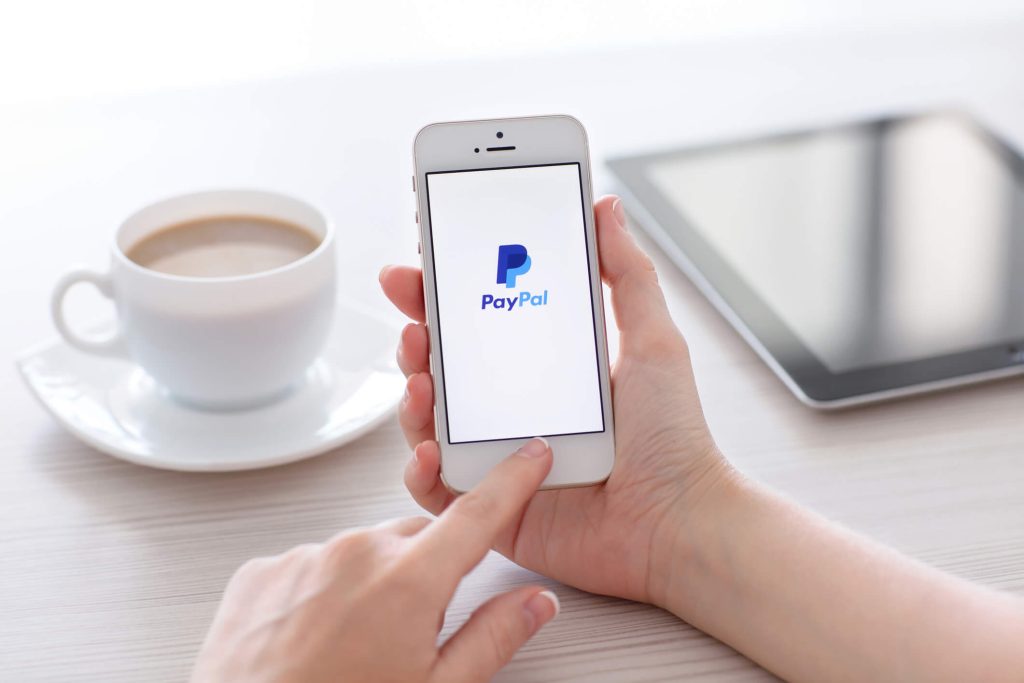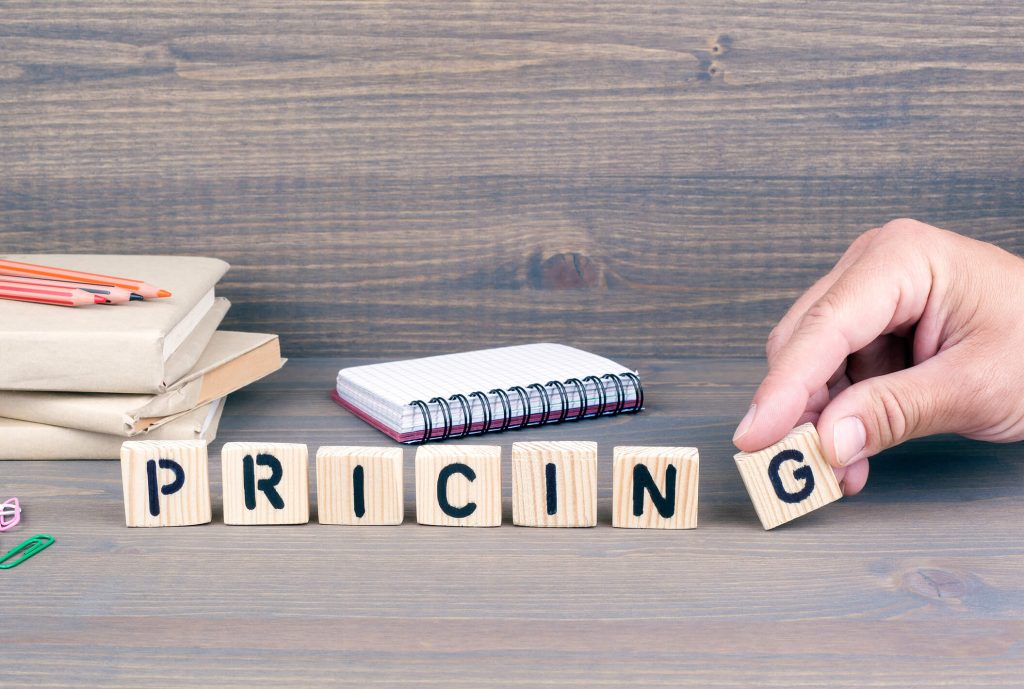Chargebacks can be a major headache for businesses, leading to lost revenue and customer disputes. When a chargeback occurs, it means that a customer is challenging a transaction, often for reasons like fraud or dissatisfaction. However, businesses have the opportunity to fight these chargebacks by submitting a chargeback rebuttal letter....
How to Reduce Credit Card Processing Fees in Fitness Centers
Looking to reduce credit card processing fees in your fitness center? Read our informative article for detailed explanations and strategies.
Understanding Payment Processing Fees for Fitness Businesses
In today's digital age, payment processing has become an integral part of running a successful fitness business. Whether you operate a gym, yoga studio, or personal training service, accepting payments from your clients is essential for sustaining and growing your business. However, many fitness entrepreneurs overlook the importance of understanding...
PayPal Seller Fees in 2024: A Detailed Guide
In the ever-evolving world of e-commerce, PayPal has emerged as one of the most popular payment platforms for both buyers and sellers. With its user-friendly interface and secure transactions, PayPal has become a go-to choice for millions of online businesses. However, like any other service, PayPal charges fees for its...
Etsy Seller Fees & Pricing in 2024: A Detailed Guide
Etsy has become a popular platform for artisans, crafters, and small business owners to sell their unique products online. With its user-friendly interface and vast customer base, Etsy provides sellers with a valuable opportunity to showcase their creations and reach a global audience. However, like any e-commerce platform, Etsy charges...
Amazon Seller Fees in 2024: A Detailed Guide
In the ever-expanding world of e-commerce, Amazon has emerged as a dominant force, providing a platform for millions of sellers to reach a global customer base. However, selling on Amazon comes with its own set of costs, known as Amazon seller fees. These fees are essential for the smooth functioning...
A Guide to Stripe Pricing & Fees (2024 Guide)
In today's digital age, online businesses are thriving, and the need for efficient and secure payment processing solutions has never been greater. Stripe, a leading payment gateway, has emerged as a popular choice for businesses of all sizes. However, understanding the intricacies of Stripe pricing is crucial for businesses to...
Square Pricing for 2024: A Detailed Guide
Square is a leading payment processing platform that offers a range of services and features to help businesses streamline their operations and accept payments from customers. As we look ahead to 2024, it is important for businesses to understand Square's pricing structure and how it can impact their bottom line....







